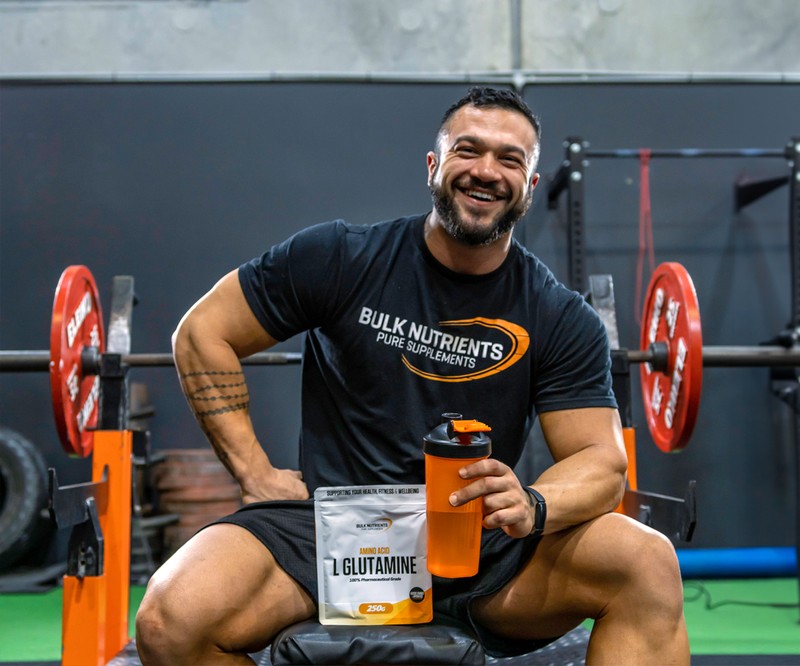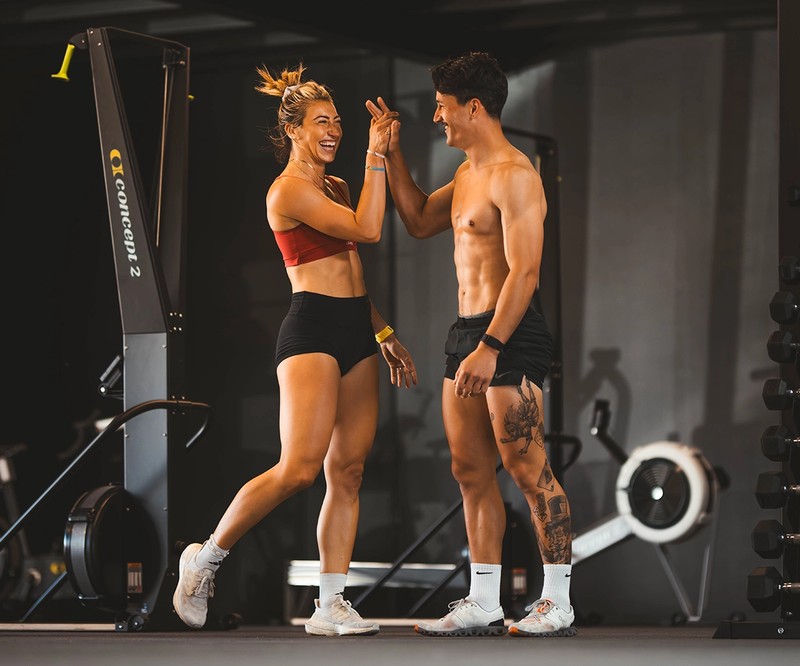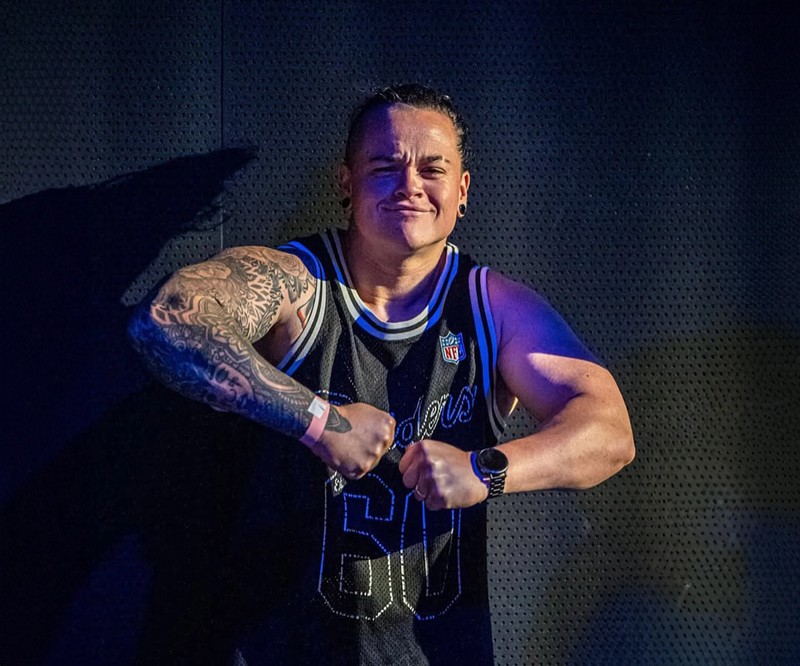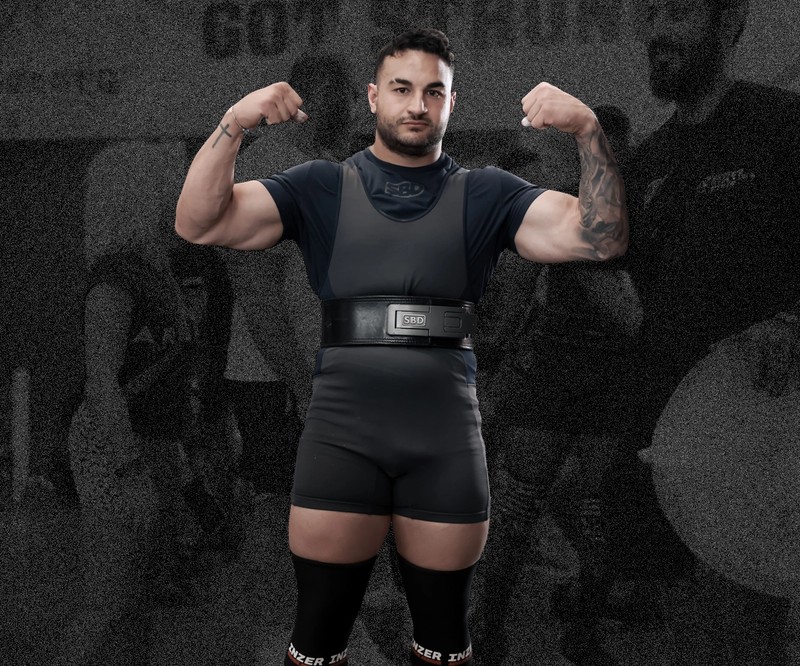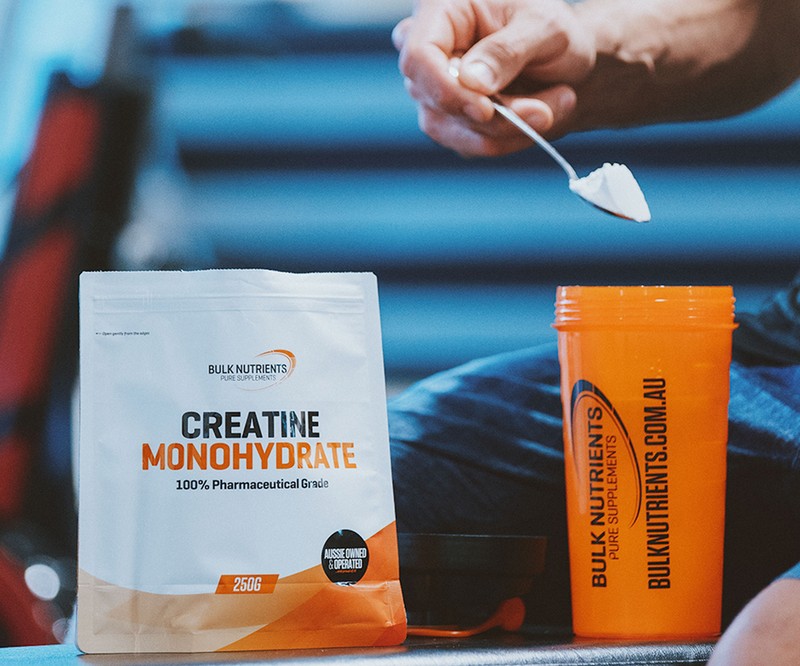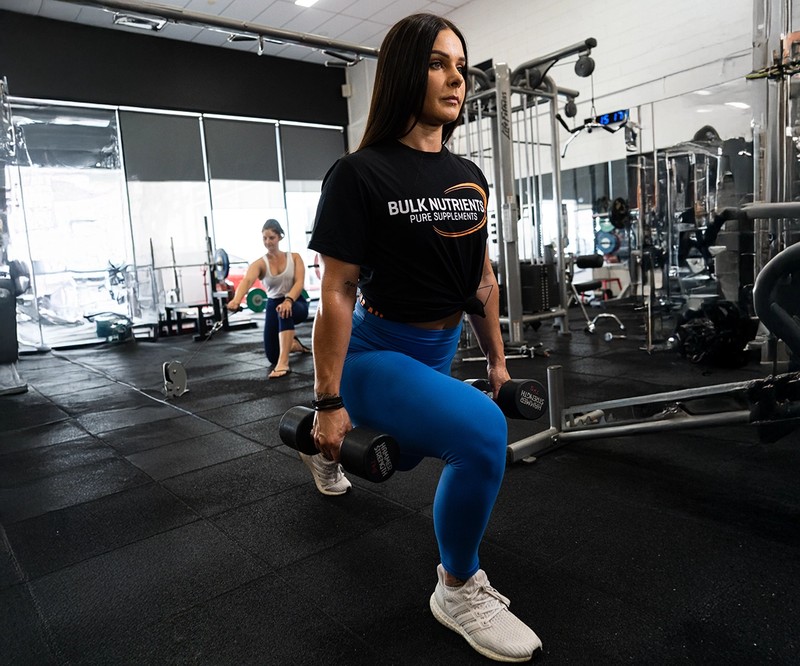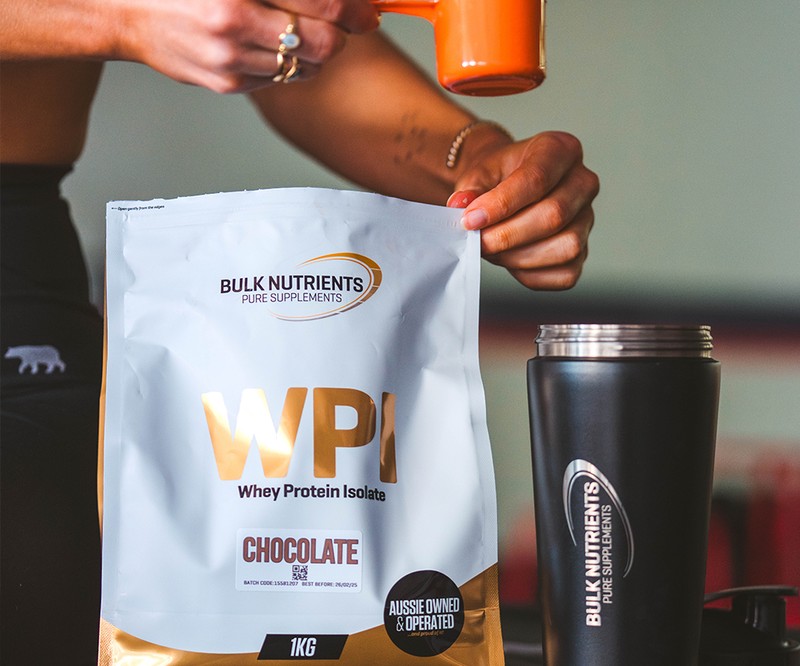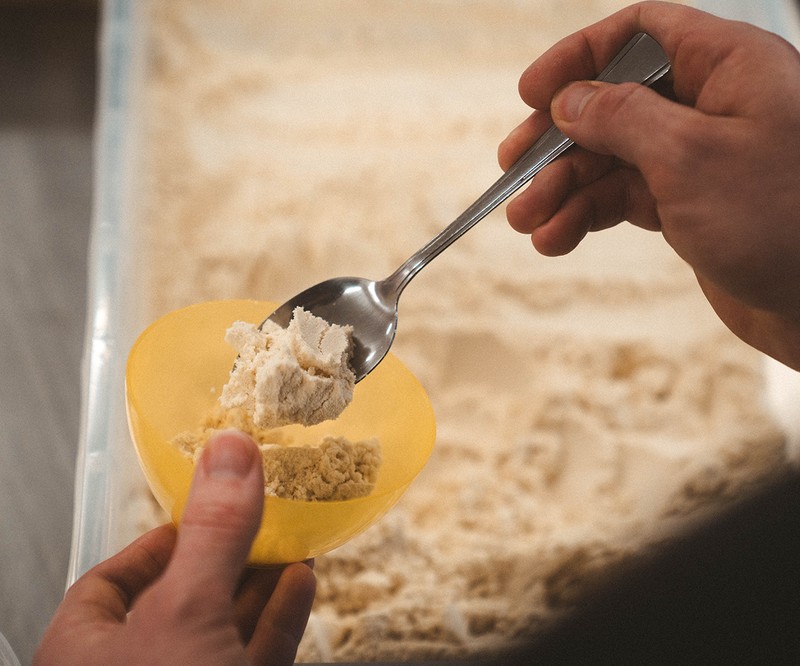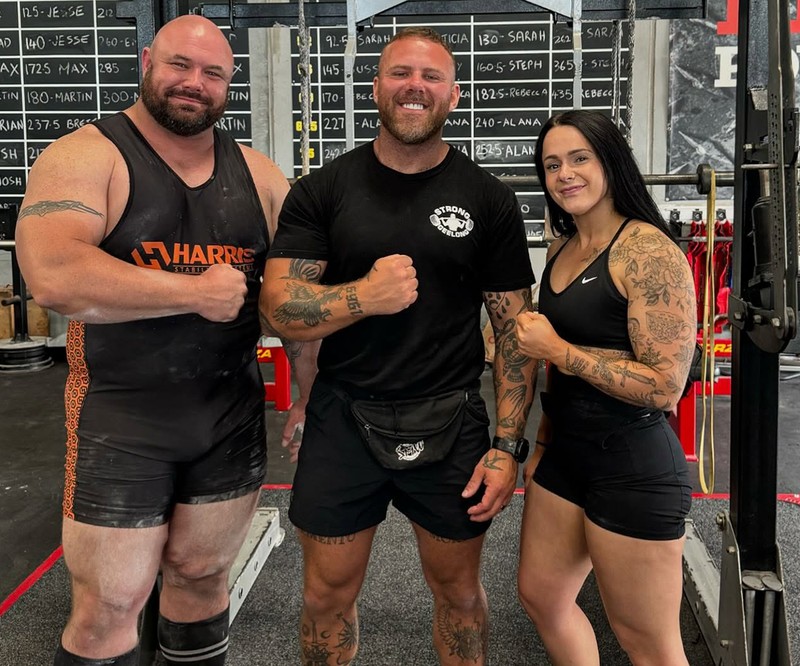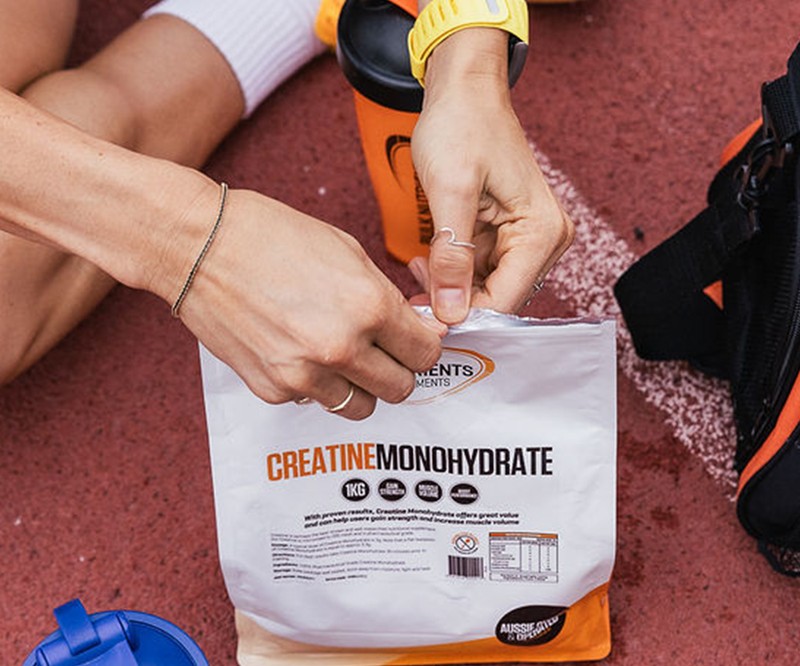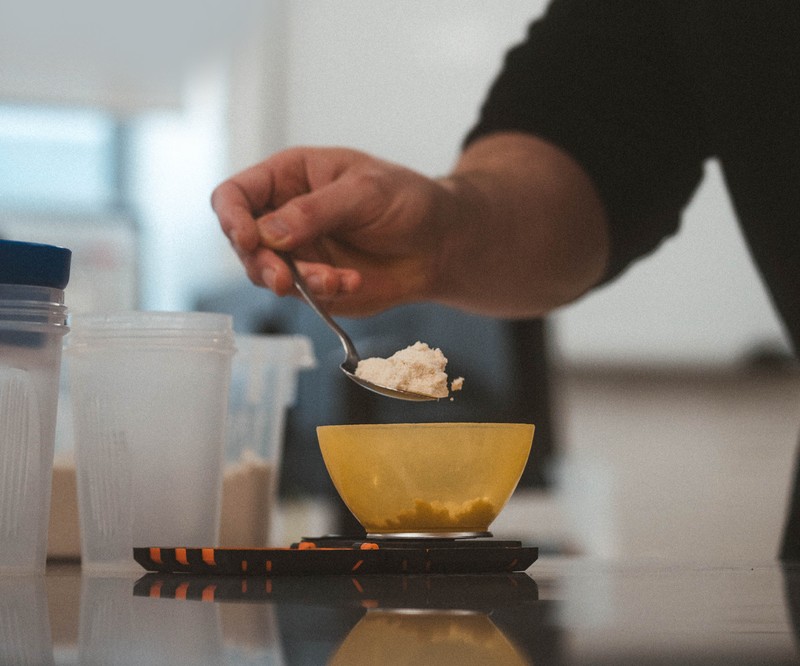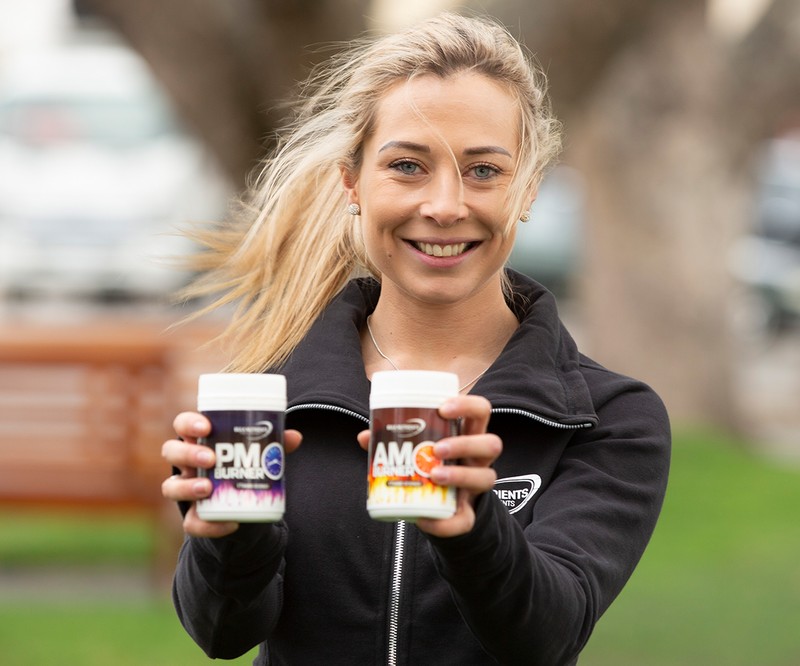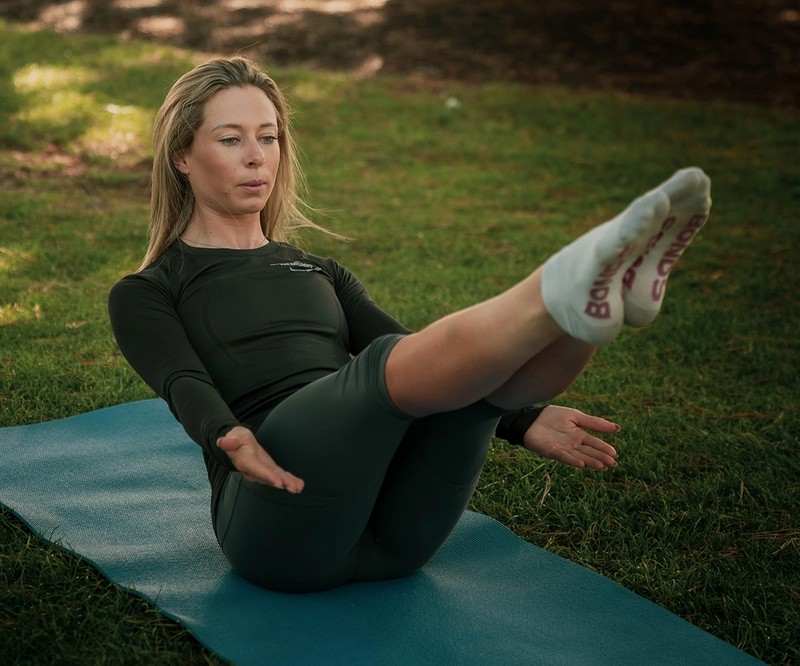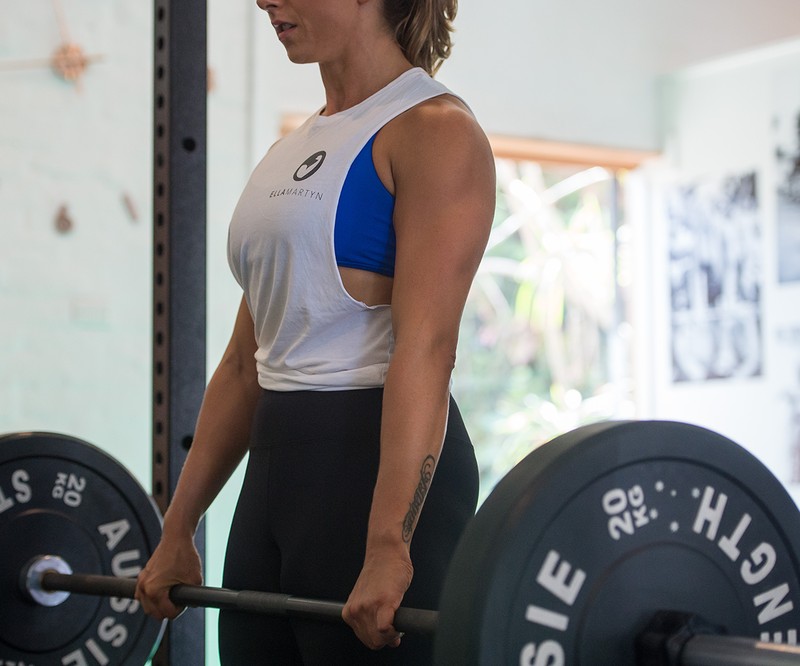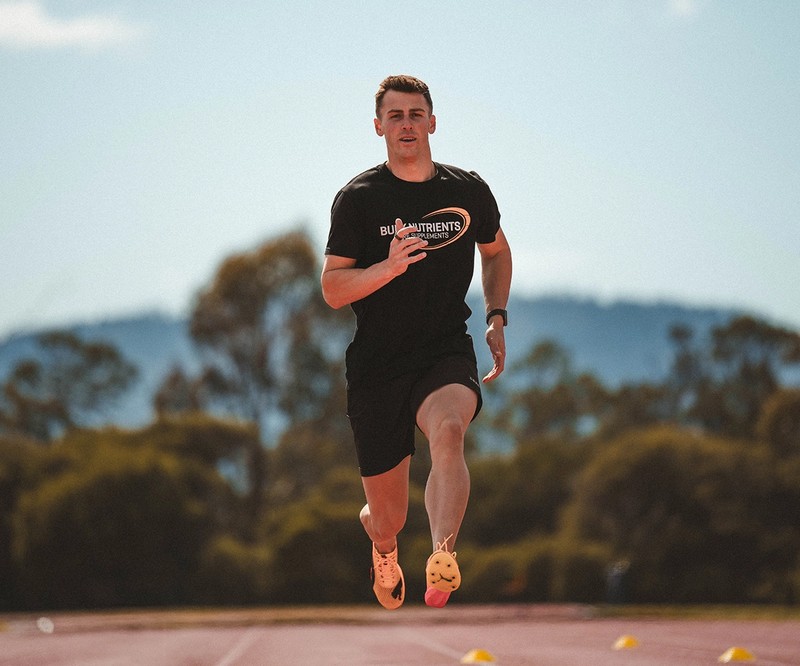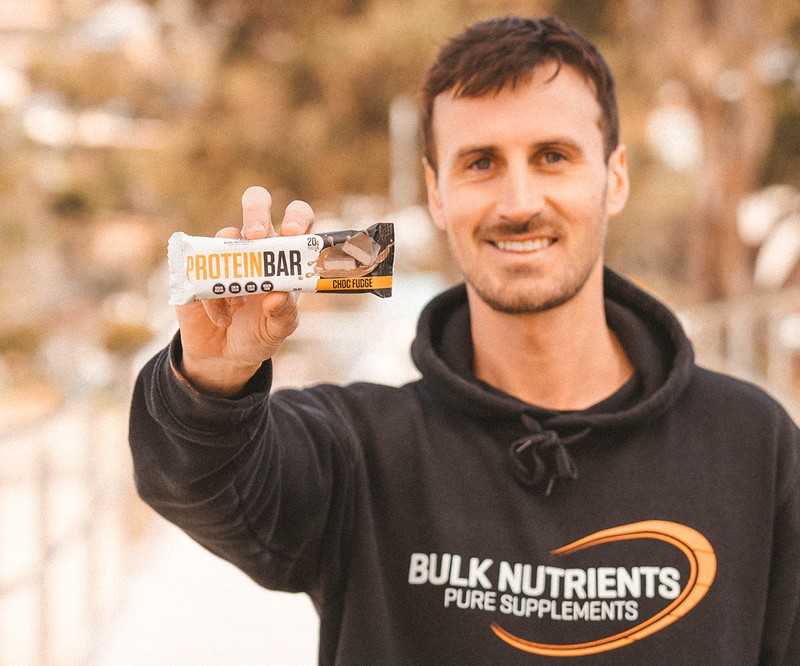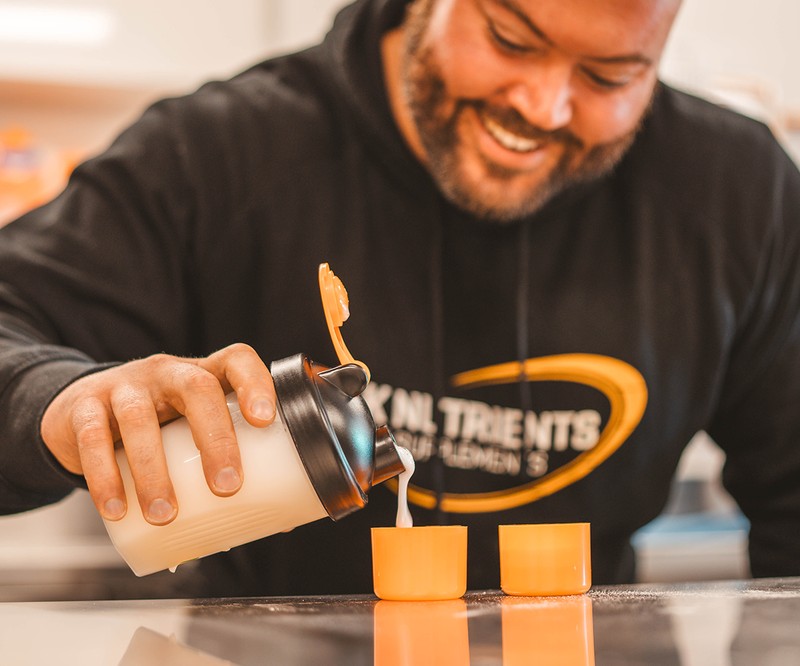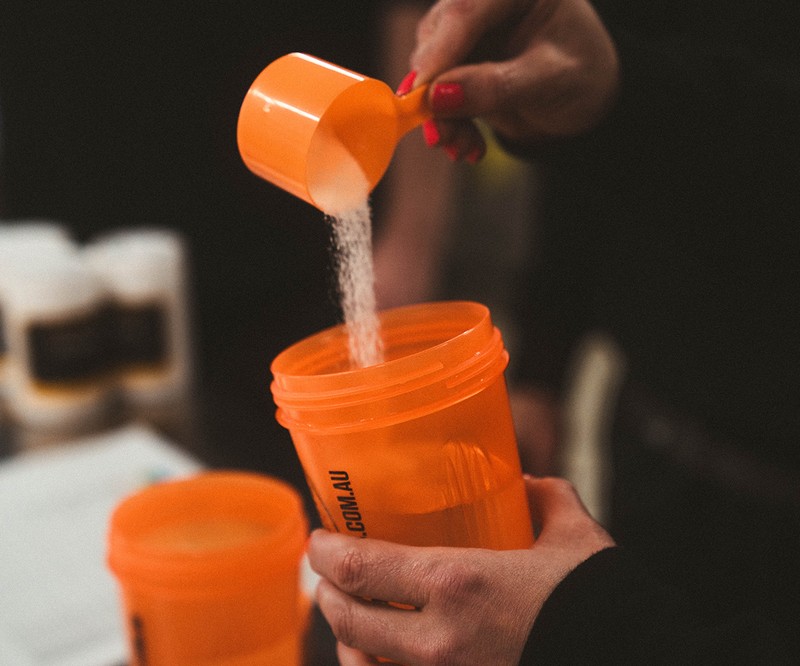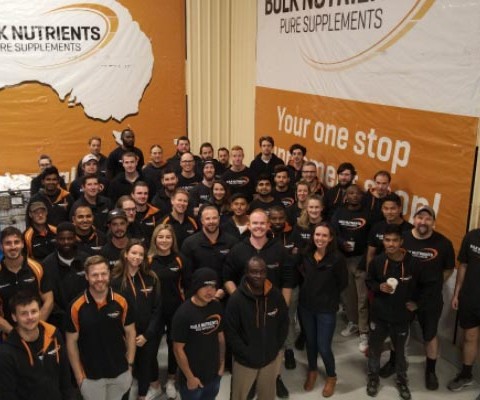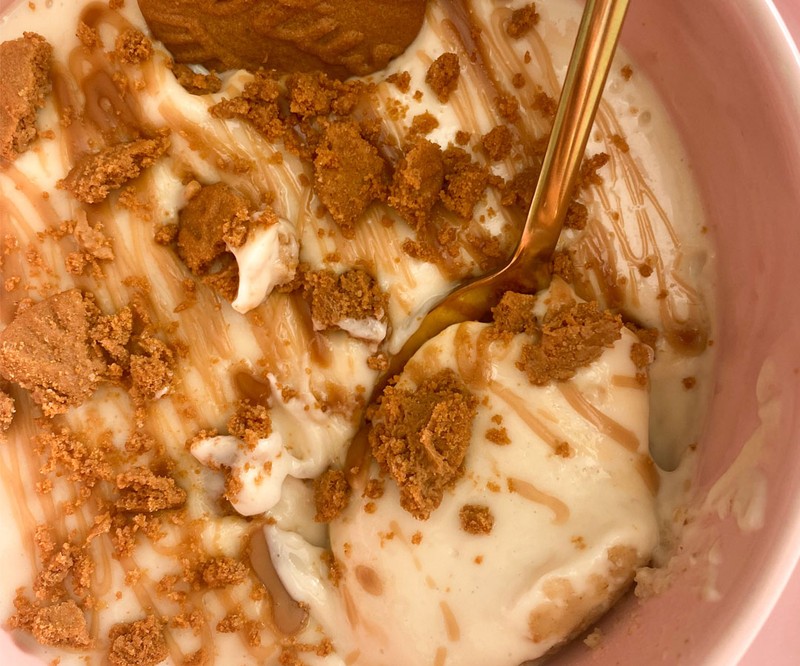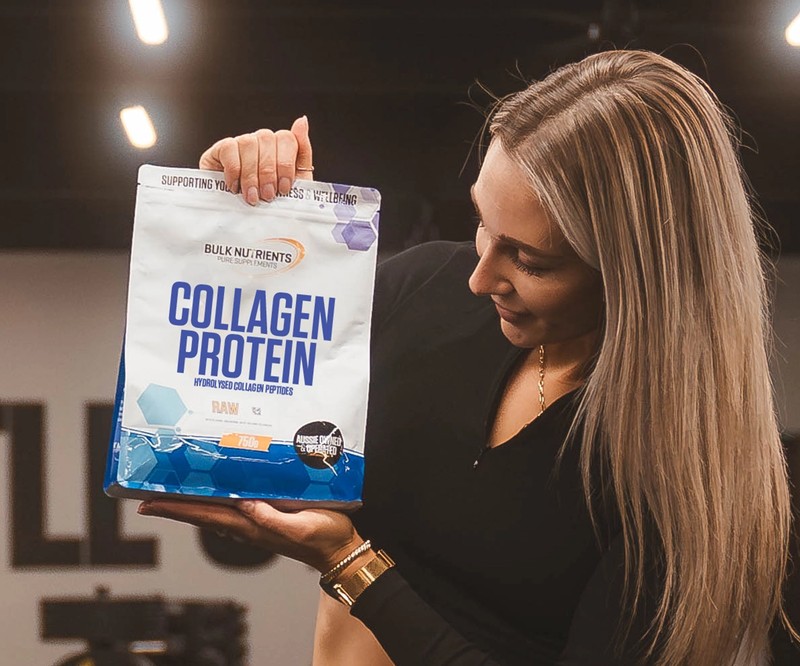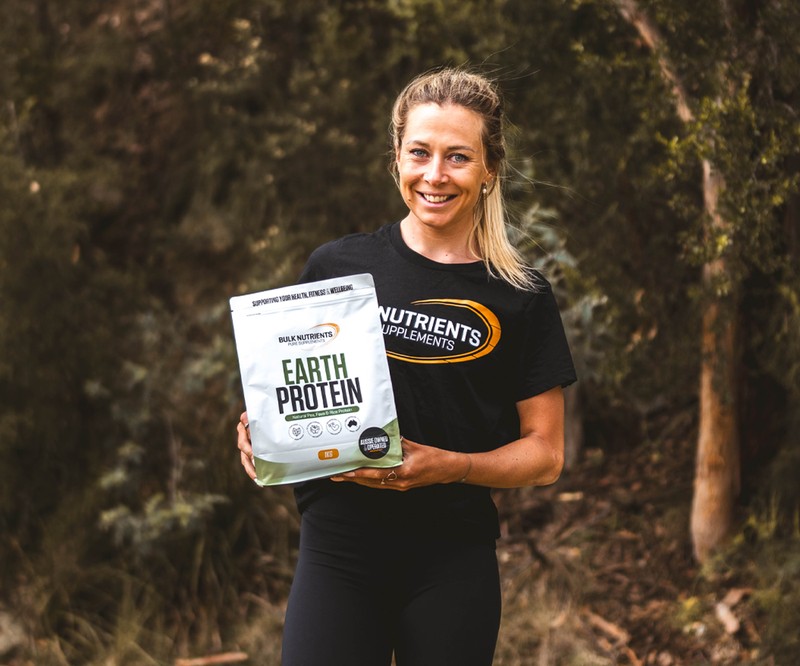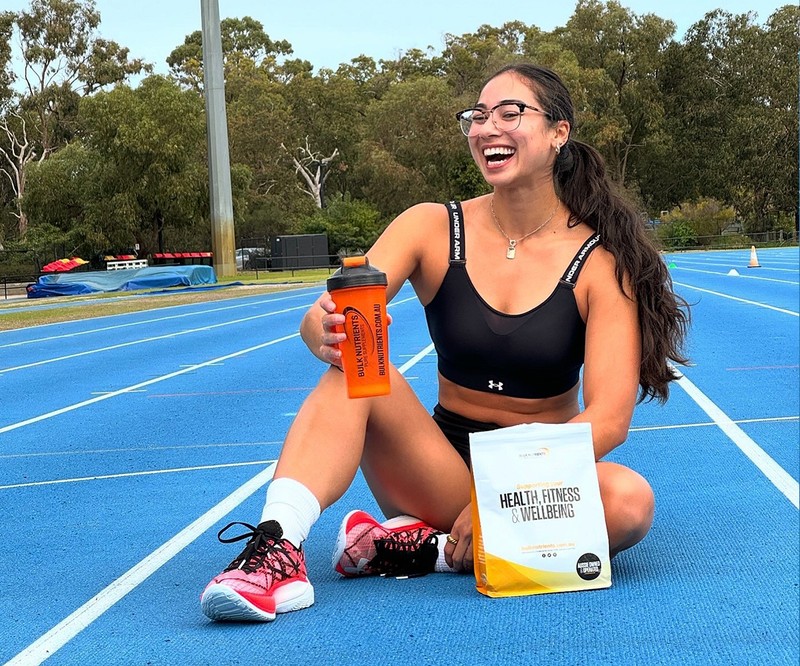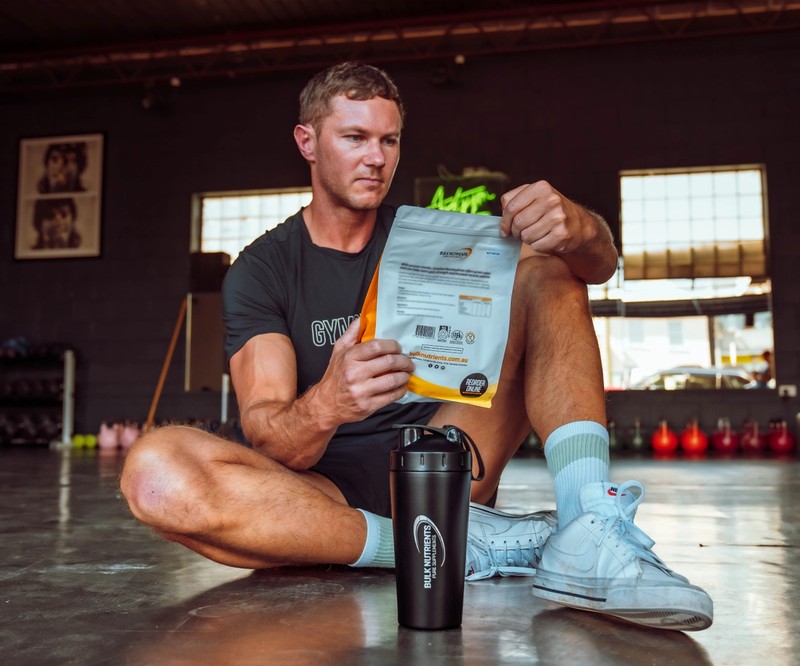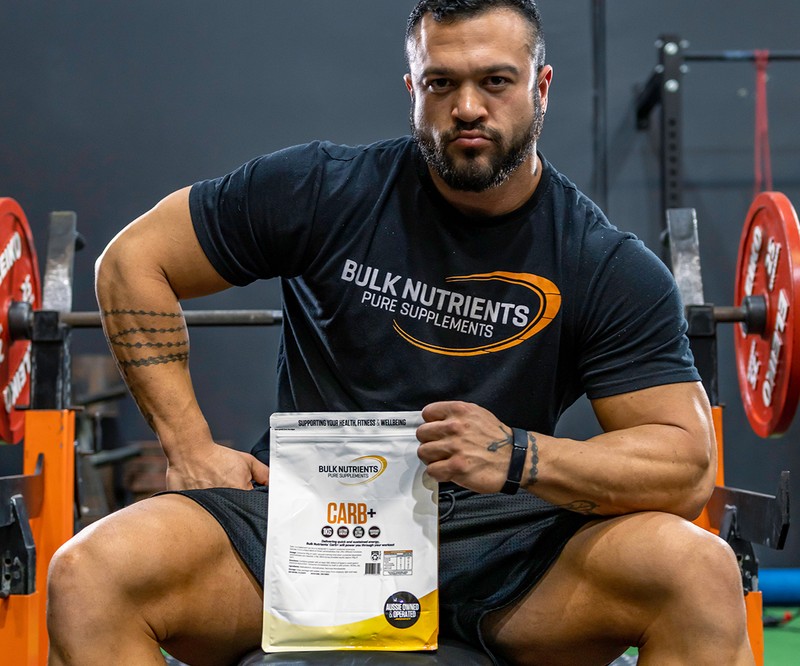CrossFit: Bulk’s Guide to how it stacks up in 2024

What is CrossFit?
Fundamentally, CrossFit is a fitness program combining strength training, cardio, and gymnastics into approximately an hour-long functional workout.
The workouts, or "WODs" (workout of the day), are designed to be constantly varied, using a combination of weightlifting, bodyweight movements, and lots of cardio exercises to finish them off.
CrossFit gyms, or "boxes," are known for their strong sense of community and supportive environment.
Alternatives to CrossFit in Australia
While CrossFit has many devoted fans, it is not the only option for those looking to get fit. Some people may prefer a different style of training or a less intense workout. In Australia, some popular alternatives to CrossFit include:
- F45 is a group fitness program that combines functional movements with high-intensity interval training (HIIT). Unlike CrossFit, F45 classes are typically 45 minutes long (hence the name). They both focus on strength and cardio, though it might be said F45 is less technical and shallower than CrossFit.
- Bootcamps are outdoor group fitness classes that often focus on bodyweight exercises (or use minimal equipment), cardio, and team-building exercises. They are typically led by a personal trainer and are a great way to get fit in a social setting.
- HIIT classes are high-intensity interval training classes often run by local gyms which focus on short bursts of exercise followed by brief rest periods. These classes can be a great way to improve cardiovascular fitness and burn fat but differ from CrossFit with its lack of weightlifting.
- Traditional gyms offer a variety of equipment and classes, including weightlifting, cardio machines, and group fitness classes. They’re a great option for those who prefer to work out on their own, have specific training goals or need to train at certain times.
CrossFit FAQs
If you’re considering joining a CrossFit gym or are curious about what goes on, you’ll have questions about its effectiveness, safety, and logistics. Some common questions we will answer in this article include:
- Is CrossFit better than a regular gym?
- How often should you do CrossFit?
- What supplements should you take for CrossFit?
- What should you expect when joining a CrossFit gym?
- How can beginners prepare for their first CrossFit class?
By the end of this article, you should have a better understanding of CrossFit, its place in the fitness industry, and whether it is the right fit for your fitness goals and lifestyle.
CrossFit Terminology and Equipment
Because you’re reading this guide, we’re going to assume you’re new to CrossFit… in which case you’ve got a lot of acronyms to learn!
CrossFit has its own terminology for movements, equipment, and workouts. Common terms you'll hear at CrossFit include:
- Box: A CrossFit gym.
- WOD: Workout of the day. The movements everyone at that CrossFit box will do.
- AMRAP: As many rounds as possible. This is a type of (usually) cardio training.
- EMOM: Every minute, on the minute. This is also a type of cardio training where movements are done every minute
- RX: Prescribed. Doing the workout as it's written without any modifications.
- Scaled: Modifying the workout to make it appropriate for an individual's current fitness level/ability.
You'll also encounter a variety of equipment in a CrossFit gym, such as rowing machines, assault bikes, and plyometric boxes.
Don't stress if you're not familiar with all the equipment - your coach will help you learn how to use everything safely and correctly.
Tips for Choosing the Right CrossFit Box
If you're interested in joining a CrossFit box, it's important to find the right one for you. We’ve spoken to head coaches and compiled these tips:
- Do some online research/read reviews before reaching out to or visiting CrossFit boxes
- You should look for a CrossFit box that emphasizes proper form and has knowledgeable coaches
- Check if the gym offers scaling options and has a welcoming community
- Consider the location, class times, and pricing to make sure it fits your schedule and budget
Importance of proper form, scaling, and coaching
While CrossFit can be a great way to get in shape, it's always important to prioritize safety and proper form. This’ll keep you injury-free and enjoying CrossFit multiple times a week.
Each movement has a specific form that needs to be followed to avoid injury and get the most out of the class.
Good CrossFit gyms prioritize proper form and provide coaching to ensure members are technically sound when performing the movements.
In addition, scaling is an important aspect of CrossFit. Scaling means modifying a movement or exercise to fit an individual's abilities. For example, if someone is unable to do a pull-up, they may do ring rows instead.
Scaling allows everyone to participate and get a challenging workout regardless of their fitness level/ability.
What Happens in a CrossFit class?
A typical CrossFit class will usually last between 45 minutes to an hour.
It usually starts with a warm-up lasting around 5-10 minutes and targets the movements which’ll be completed later. It’ll consist of light cardio/mobility work to get your heart rate going and your muscles warmed up.
After the warm-up, it usually moves onto either a "skill" or "strength" portion of the class. This is where you'll work on specific movements or lifts that are designed to improve your strength or technique.
Once you've worked on the skills or strength portion of the class, it's time for everyone’s favourite… the conditioning piece. It’s the section of the WOD which is a high-intensity interval training (HIIT) workout and can last anything from 10 to 30 minutes.
After the conditioning piece, there are heaps of high-fives and fist bumps, equipment is packed away and stretching/mobility can take place.
CrossFit vs Regular Gyms, which is best for you?
CrossFit classes and regular gym workouts have some similarities, but there are also several key differences.
In a regular gym like Zap or Anytime Fitness, you typically work out on your own, with mates or with a personal trainer, using machines or free weights to target specific muscle groups.
There is often less emphasis on high-intensity, full-body workouts, and more focus on isolating muscle groups for hypertrophy or strength gains.
Regular gym workouts can be effective for building strength and muscle mass, but usually don’t provide the same level of cardiovascular conditioning or functional fitness benefits as CrossFit.
In contrast, a CrossFit class sees you as part of a group that follows a structured workout program designed to challenge your full body and improve overall fitness.
They often involve high-intensity interval training (HIIT) format and use a variety of equipment and movements such as weightlifting, gymnastics, and cardio exercises.
Workouts are programmed by knowledgeable coaches and constantly varied (but can be tailored to the individual's fitness level through scaling). The group dynamic and supportive community can also provide motivation and accountability, as well as a sense of camaraderie and teamwork.
Overall, while regular gym workouts can be effective for building strength and muscle mass, CrossFit classes offer a more comprehensive approach to fitness, targeting both strength and cardiovascular conditioning in a supportive, group environment.
Potential Drawbacks of CrossFit
While CrossFit can be an effective and challenging way to improve overall fitness, there are some potential drawbacks to consider.
The risk of injury is always there for CrossFitters, particularly for beginners or those who push themselves too hard without proper coaching or form.
Additionally, while CrossFit classes can be tailored to your fitness level through scaling, this is less customised programming than you’d experience working with a personal trainer.
Because of this, it’s important to mention any injuries or limitations which might impact your CrossFit journey to your coach.
How often should you train at CrossFit?
The frequency of training at CrossFit will greatly depend on your goals and fitness level.
Generally, it’s recommended to start with 2-3 classes per week and gradually increase frequency as fitness improves. Some athletes train 5-6 days per week, but it's important to listen to your body and avoid overtraining.
As we all know, recovery can be just as important as training, so be sure to take those rest days which are vital for muscle repair and injury prevention.
Common supplements used by CrossFitters
CrossFit is a demanding and intense training program that requires a lot of physical energy and effort. As such, many CrossFitters turn to supplements to support their training and recovery.
Three common supplements used by CrossFitters include protein powder, creatine, and pre workout.
It's important to note that while supplements can be helpful for supporting training and recovery, they should not be relied upon as a substitute for a healthy diet and lifestyle. It's crucial to maintain a balanced diet with a variety of nutrient-dense foods and to prioritize rest and recovery for optimal performance and injury prevention.
- Protein Powder is a popular supplement among CrossFitters as it helps with muscle recovery and growth. Whey protein is the most used type of protein powder due to its high absorption rate and complete amino acid profile. It should be consumed after a CrossFit session to help muscle growth and recovery.
- Creatine is another popular supplement used by CrossFitters to assist improve strength and endurance. It helps to increase the body's production of ATP, the main source of energy during exercise.
- Pre Workout supplements are used by CrossFitters to enhance their explosive energy and assist with focus during workouts. These supplements usually contain a blend of caffeine, amino acids and creatine that can improve blood flow and increase alertness. Pre workouts are best taken 30 minutes before a workout for optimal results. It’s important to follow the recommended dosage as some pre workout supplements can have negative side effects if taken excessively.
Common mistakes to avoid as a CrossFit beginner
Starting at CrossFit can be an exciting and challenging journey, but it's important to avoid some common mistakes many beginners make:
- Skipping the fundamentals: It's important to start with the basics. Focussing on proper technique before attempting heavier lifts is extremely important. Skipping this step can lead to short-term injury or setbacks down the line.
- Overtraining: It can be tempting to push yourself too hard, too fast in the excitement of a new challenge. However, it’s important to listen to your body and not fall into the trap of overdoing it. Patience is your best friend in this situation, and your intensity and volume will build up over time.
- Ignoring rest and recovery: In many ways, these are just as important as your workouts. This is because they allow your muscles, tendons and joints to repair and rebuild stronger. Make sure to take rest days. It’s also a great idea to incorporate recovery practices like stretching, foam rolling, and massage into your routine.
- Neglecting proper nutrition: This is crucial for fuelling your workouts and supporting your recovery. Eating a balanced diet with plenty of whole foods and drinking enough water is often neglected but as the old saying goes, you can't out-train a bad diet!
- Comparing yourself to others: It's easy to get caught up in comparing yourself to others in a group setting like a CrossFit gym, but it’s important to remember everyone is on their own journey. Focus on your own progress and celebrate your own accomplishments, rather than comparing yourself to others.
Tracking CrossFit Progress and Goal Setting
Tracking your progress and setting goals in CrossFit is essential to see the improvements you make and stay motivated.
To track your progress, it's important to establish baseline measurements of your fitness level, such as your one-rep max for certain lifts or your time to complete specific WODs.
We recommend keeping a logbook or using a tracking app to record your progress over time and review it regularly to see where you've improved and where you may need to focus more attention.
The CrossFit gym you join will likely use popular apps like SugarWOD or Wodify.
As always with goal setting, make sure they’re specific, measurable, achievable, relevant and timely (SMART). For example, your goal could be to increase your one-rep max on deadlifts by 10 kilograms in the next 3 months.
Once you've set your goals, break them down into smaller milestones that you can work towards each week or month.
Remember to celebrate your achievements along the way and adjust your goals as needed to keep yourself challenged and motivated.
Approaching your first few CrossFit classes
Approaching your first few classes at CrossFit can be a little daunting. The thought of lifting weights, trying new movements, and meeting new people can make you feel a bit nervous.
But we were all beginners once!
It's essential to understand that everyone has different abilities and strengths, and CrossFit is all about scaling workouts to suit your needs. Before your first few classes, chat with the coaches and look to understand the fundamental movements such as squats, lunges, and push-ups, to help you feel more confident.
When you arrive at your first class, go there with a curious mind and above all else… don't be afraid to ask questions!
Focus on getting the movements right, even if it means doing them at a slower pace or with less weight.
Finally, have fun and enjoy the process. CrossFit is a great way to challenge yourself, make friends, and improve your overall fitness!
Is CrossFit right for you in 2024?
CrossFit offers a unique and challenging workout experience that can lead to improved strength, endurance, and overall fitness.
Should you decide to give it a crack, we suggest trialling with a CrossFit box or two to see which coaches you vibed with.
Once you’ve found the right one for you, focus on proper form and scaling, and prioritize recovery and nutrition.
And remember to take advantage of nutritional supplements if you need a helping boost recovery and building muscle. CrossFitters regularly use protein powder, creatine, and pre workout.
Overall, CrossFit has a strong and dedicated following in Australia, but it's not for everyone. Is it for you? That’s a great question!
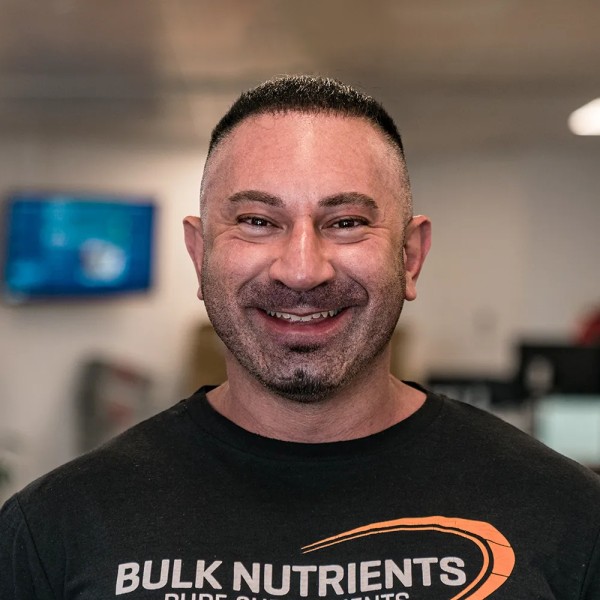
Nick is Bulk's Customer Service team's Technical Support Officer.
Which is our way of saying he's the guy whose job it is to answer your obscenely technical supplement questions.
More about Nick Telesca



